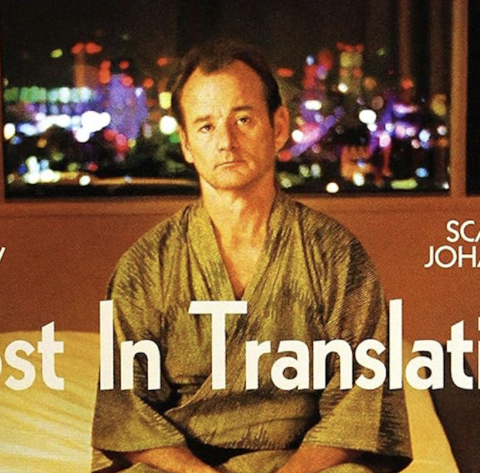Lost and Found
By Charlene Pepiot
Do you have fuzzy scenes in your head from films you saw as a child? Maybe it’s a scene that scared you or a particularly pretty animated park that stands out in your mind? Being so young, maybe you knew not what you saw, and this could be only these glimpses remain. Of course, poking around old family video tapes or a quick YouTube search can put a name to those scenes, but what if even that failed you? What if that film you saw no longer exists anywhere? It’s far more common than you think. Lost media is media that is missing, unavailable to the public, or simply has ceased to exist. Sometimes still images are all that remain, or a short description that people can only trust is accurate. It’s a tragedy to see these pieces of film history vanish, but luckily dedicated enthusiasts seek to fill the void. Read Lost and Found to discover three times lost media was found by a mixture of chance and dedication.
- Sesame Street Episode 847
Children have been tunning in to watch the fun-loving neighbourhood of Sesame Street since 1969. When kids turned on their televisions on February 10, 1976, though, they were stunned to see the Wicked Witch of the West (played by actress Margaret Hamilton reprising her role from the classic Wizard of Oz film) bringing misery to the Street in her quest to reclaim her lost broom. Deemed too terrifying for children, the episode was never aired again.
As decades passed, many wondered if the episode kept under lock and key even existed still in the Sesame Street archives? Then in 2019, it was announced that some 4500 episodes of Sesame Street would be archived in the American Archive of Public Broadcasting, including the infamous episode 847. Lost media enthusiasts rejoiced, but there was a catch: the episode could only be viewed in the U.S. Library of Congress. This greatly restricted those who could view a high-quality version of the episode for years.
Then in June of 2022, the episode just…appeared on Reddit and YouTube. No one knows who did it or how they did it, but now the public can finally see just what the fuss was about.
2. Edison Studio’s Frankenstein (1910)
When you hear “Frankenstein’s creature,” your mind likely jumps to the Boris Karloff incarnation with green skin, a lumbering gait and bolts in his neck. While Halloween costumes and pop culture would lead you to believe this is his definitive look (though the original novel describes him much differently), many variations of the creature existed for the theatre and screen decades before Universal’s 1931 classic.
Edison’s 1910 adaptation of Frankenstein, for example, portrayed the creature with wild hair, freakish fingers and clothed in rags, yet this incarnation was considered lost for decades. The only visual images were two stills from the film found by chance in a 1910 issue of the film catalogue The Edison Kinetogram, and many believed that was all we would ever have of an early design for one of Hollywood’s most iconic characters.
Little did film enthusiasts know that a copy of the film was safe and sound in the possession of film collector Alois F. Dettlaff. The man had bought a copy from his mother-in-law, not realizing its lost film status until many years later when he saw the film on a list of lost media. Frankenstein was able to be preserved and restored as a result, and today multiple variants of Edison’s Frankenstein can be found on the internet.
3. Doctor Who Lost Episodes

Image by Andrew Martin from Pixabay
When you create a show before commercial releases are a thing, what’s the point in preserving old footage? Why not wipe your old tapes and reuse them to save money? The BBC took this stance with many shows, including Doctor Who, and 147 episodes were willfully destroyed between 1967 and 1978. Yikes.
Luckily, the late 70s brought home video on the scene, and the BBC quickly changed its tune and began searching for the episodes it had previously destroyed. Luckily, some BBC engineers had taken episodes home or sold them to private collectors, saving the footage in the process. It was Doctor Who’s popularity abroad, though, that proved the most valuable in locating the lost media. The show had been distributed widely abroad, and many countries had kept their copies of the episodes. From 1978 to 2013, 50 of the missing episodes were recovered, though some scenes were missing due to overseas censorship and damage to the delicate film.
Lost media enthusiasts are still trying to locate the remaining lost episodes to this day, but with the instability of old film and the risk of oblivious owners tossing their copies in the rubbish, the remaining episodes may never be recovered. Yet, the number of episodes that have been saved should be celebrated as helping to fill the void of Doctor Who canon and allowing fans to see the show in its earliest incarnations.
If you enjoyed Lost and Found, check out From Trim to Film here.
.Cent Magazine, London. Be Inspired; Get Involved.



